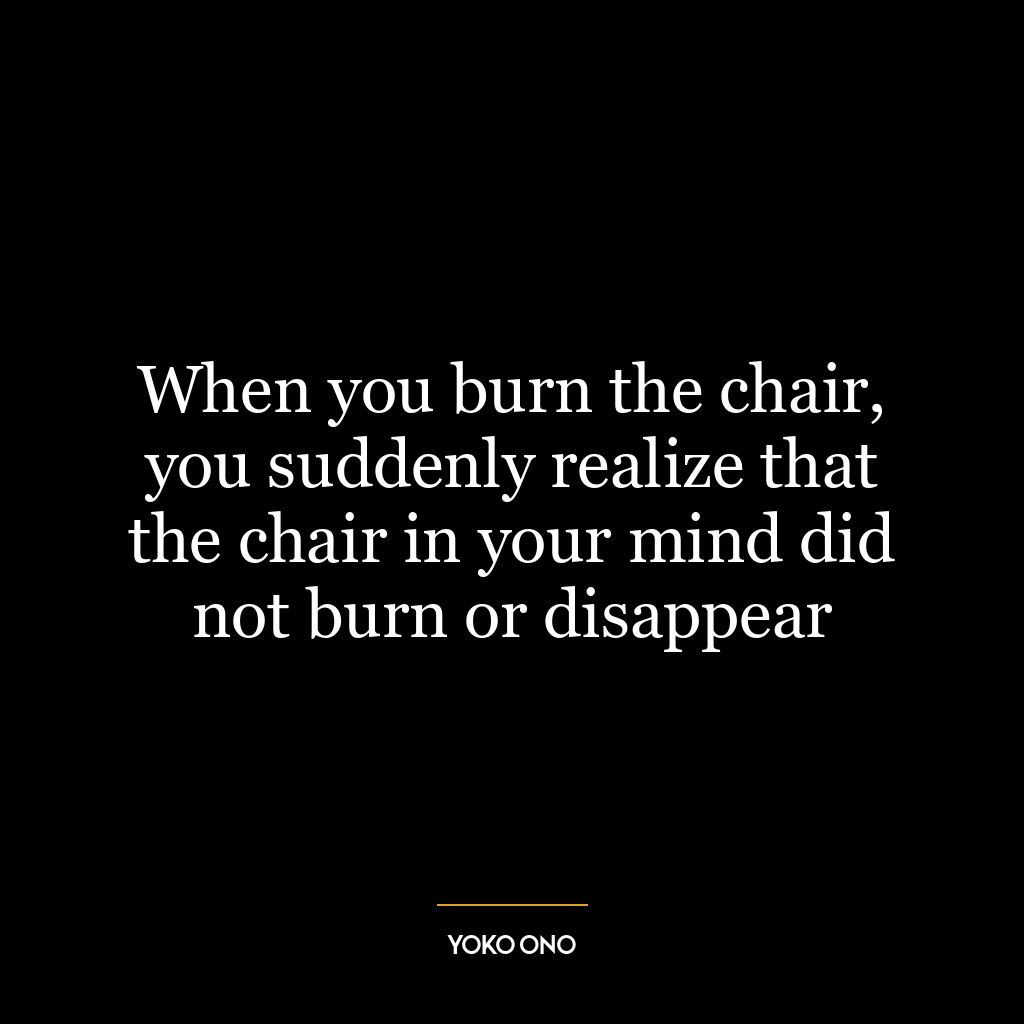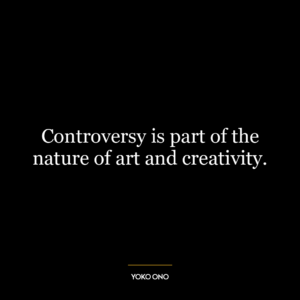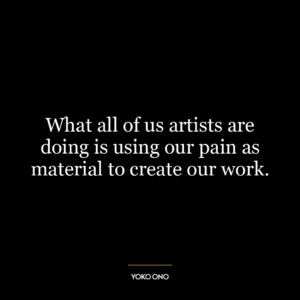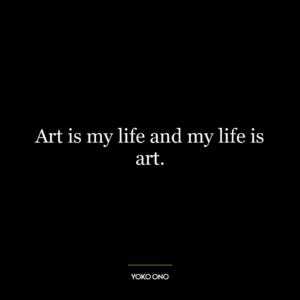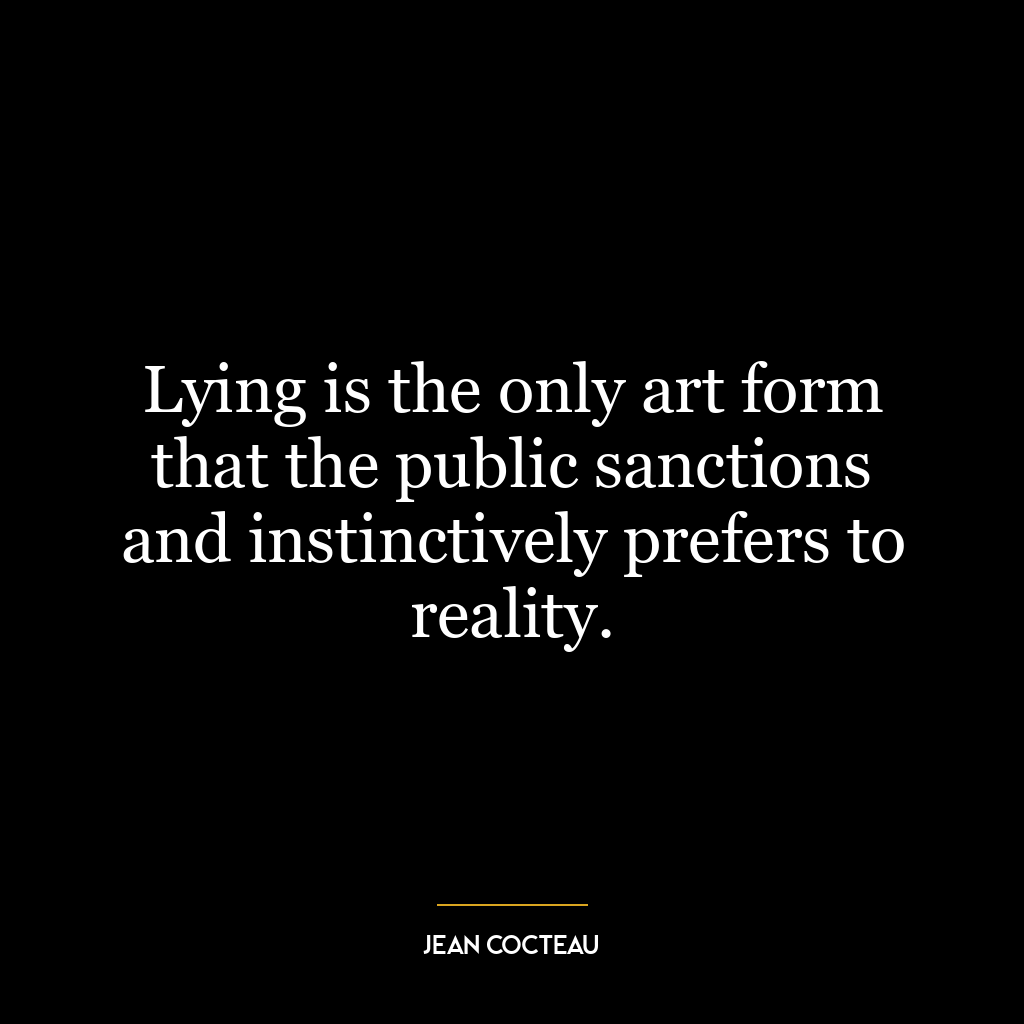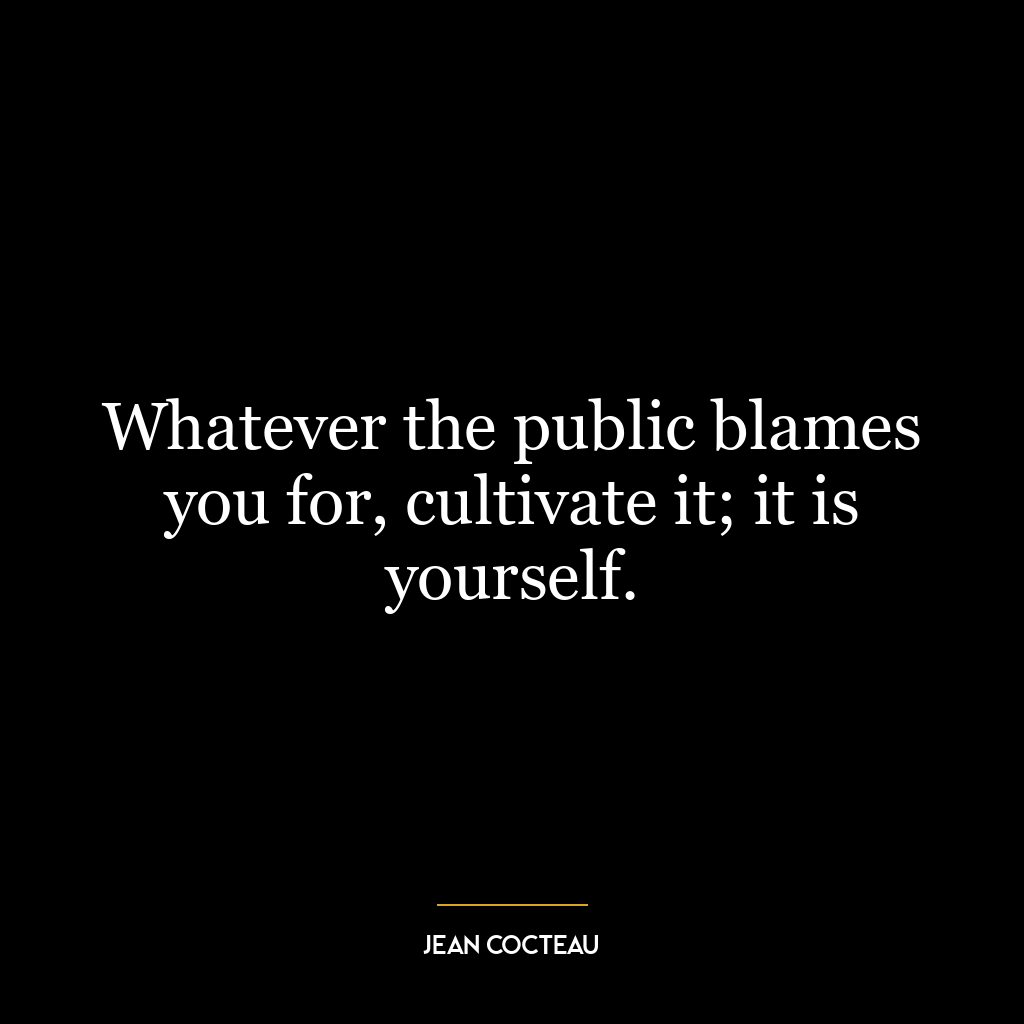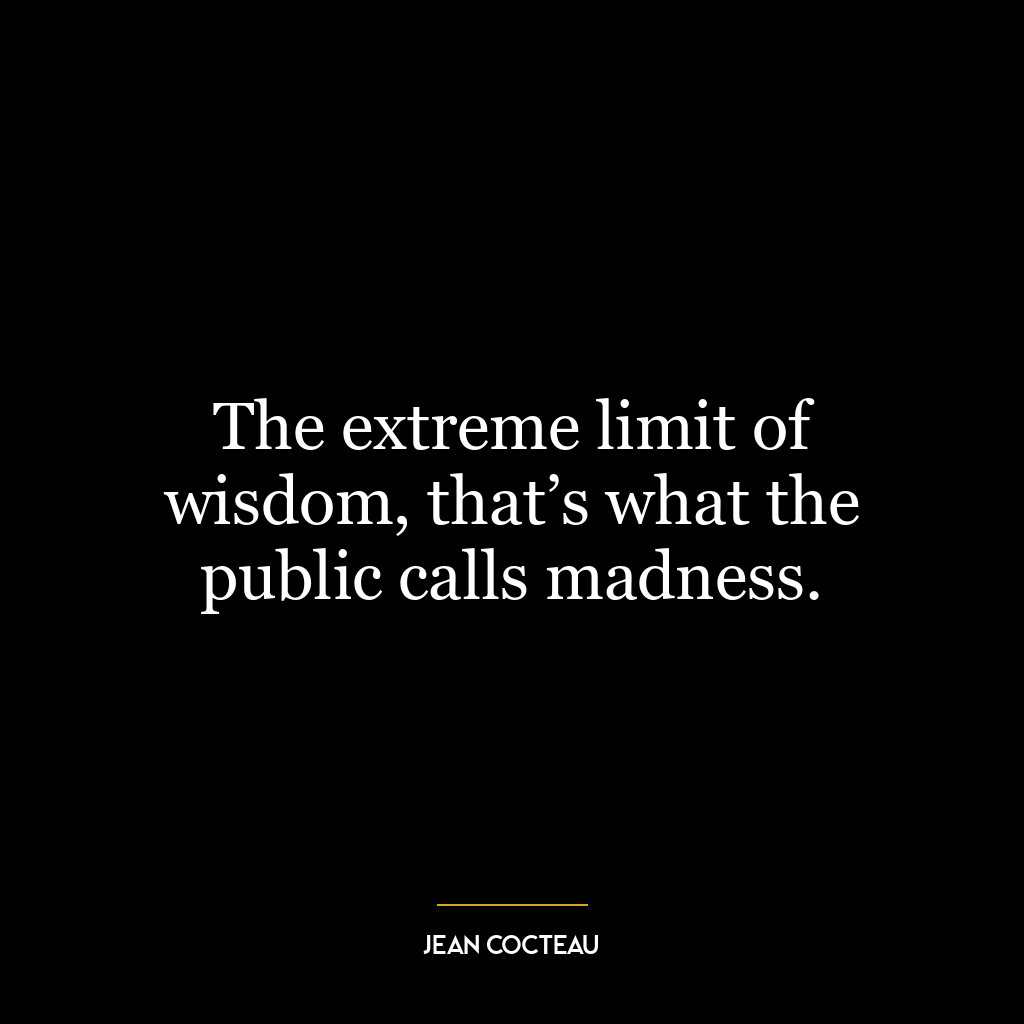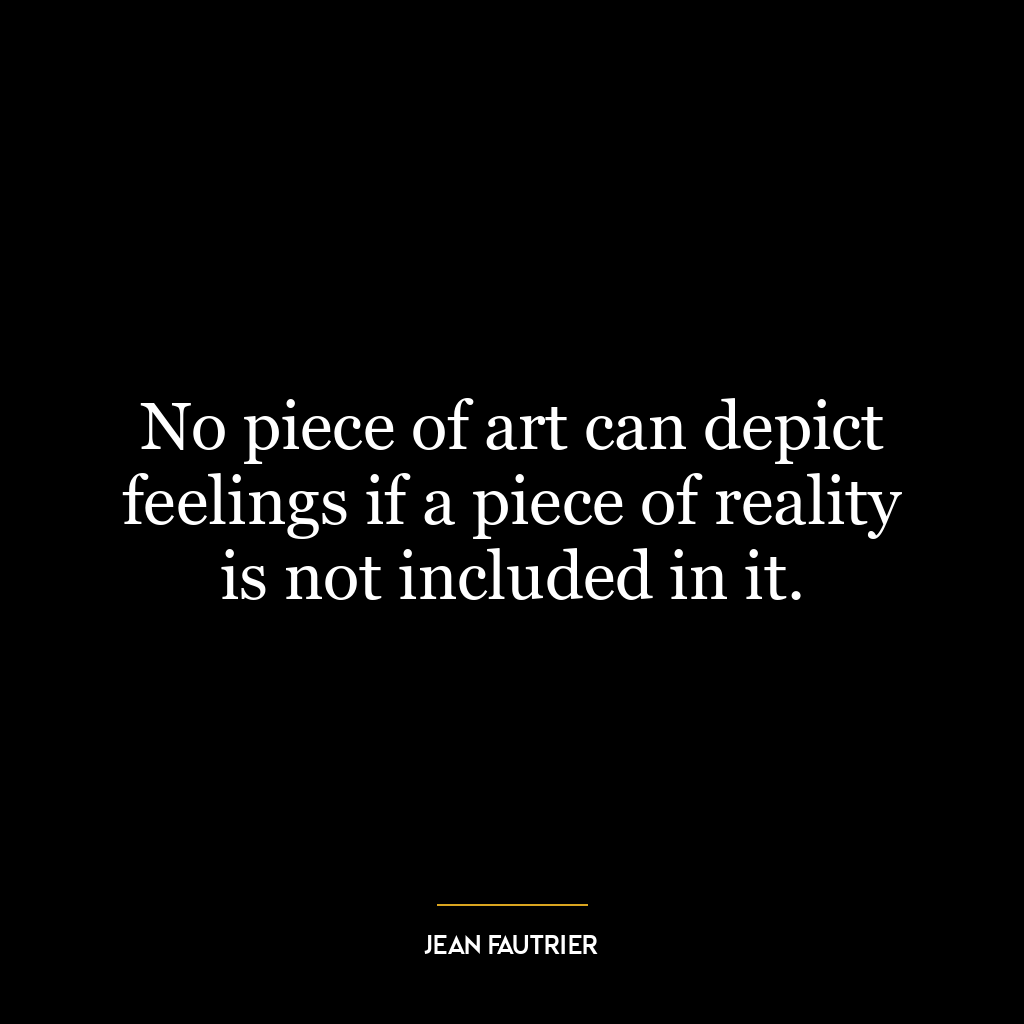When you burn the chair, you suddenly realize that the chair in your mind did not burn or disappear
This quote is a profound reflection on the nature of perception and the difference between physical and mental existence. When you burn a chair, you destroy its physical form, but the concept or image of the chair in your mind remains intact. This demonstrates that physical existence and mental existence are two distinct realms.
The chair in your mind is a symbol for ideas, memories, and perceptions. These mental constructs are independent of physical reality and can exist even when their physical counterparts are gone. This highlights the power and resilience of the human mind and its ability to maintain a sense of continuity and stability, even in the face of change or loss.
Applying this idea to personal development, it suggests that our mental constructs can either limit or empower us. For instance, if we hold onto outdated or negative self-perceptions, they can hinder our growth even if we’ve made positive changes in our lives. However, if we cultivate positive mental constructs, they can support our growth and resilience, even in the face of adversity.
In today’s world, this idea is particularly relevant in the context of digital technology. Just like the chair in the mind, digital information can exist independently of physical form. This has profound implications for how we understand and navigate reality. It also underscores the importance of mental flexibility and adaptability in a world where physical and digital realities are increasingly intertwined.
Moreover, in a world where change is constant, understanding that our mental constructs can endure can offer a sense of comfort and stability. It suggests that while our external circumstances may change, our inner world can remain constant. This can be a source of strength and resilience in times of uncertainty or upheaval.

